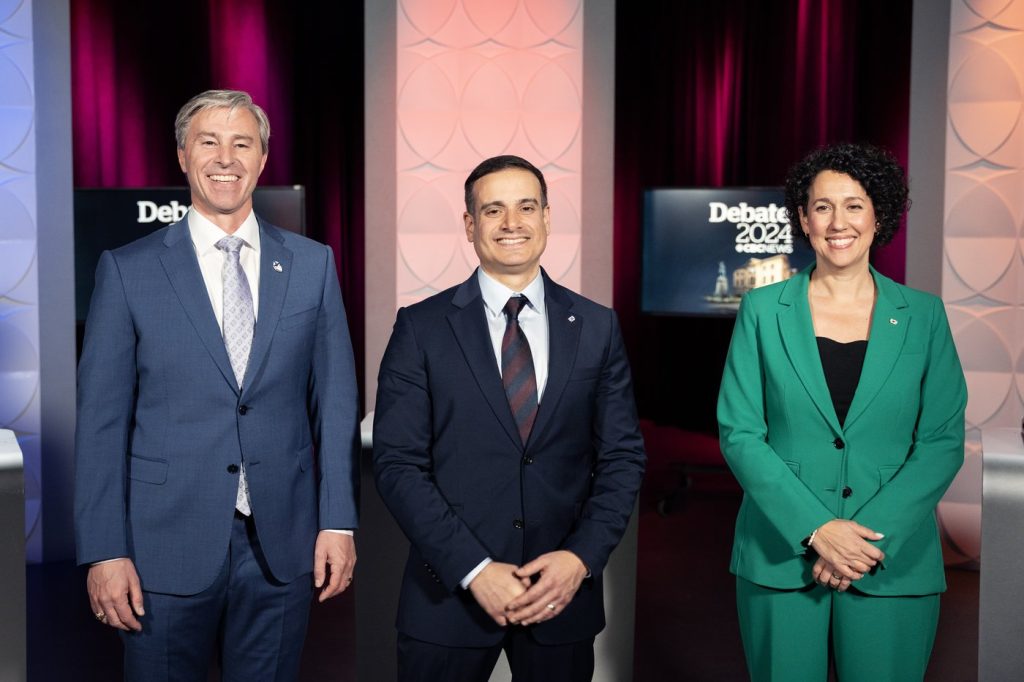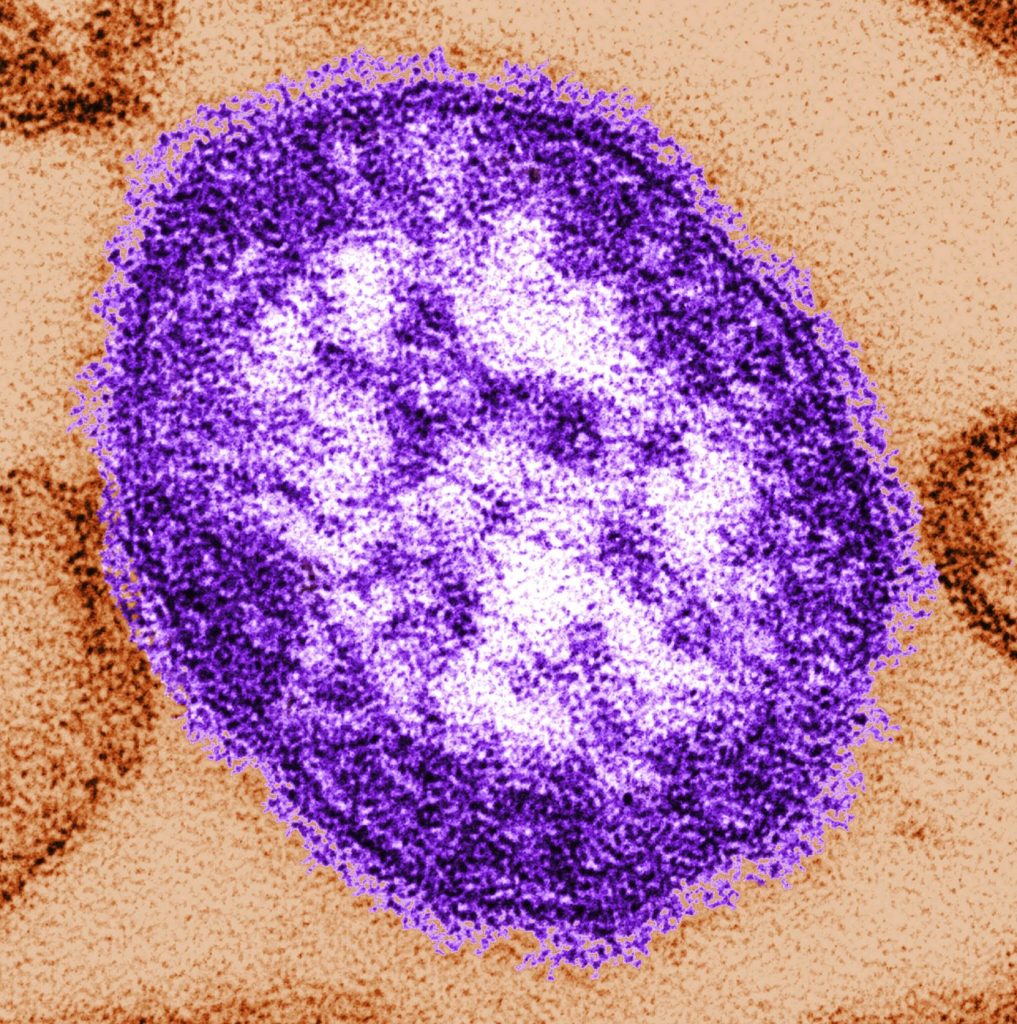Halifax Transit proposes $780 million Bus Rapid Transit System
Posted May 27, 2020 09:06:00 AM.
Halifax Transit has unveiled an ambitious $780 million Bus Rapid Transit Strategy that would put three new ferry routes, and 210 electric buses in service by 2028.
The details of the plan were revealed on Tuesday and received unanimous support from councillors.
Director of Halifax Transit, Dave Reage told council the proposed network will include four bus rapid transit (BRT) lines and three ferry routes providing direct connection between downtown Halifax and new terminals at Mill Cove, Larry Uteck and Shannon Park.
However, it won't take until 2028 to begin rolling out electric buses in HRM. They would be introduced to the fleet in the next two to three years.
In order to prepare for the changes, the first phase of the electrification plan would expand and upgrade the Ragged Lake transit centre. These upgrades would accommodate the new fleet with charging stations.
Reage predicts each electric bus would provide $24,000 per year in savings. Much of the savings would be realized through reduced maintenance costs.
The new rapid transit system would run seven days a week while ferry routes will run on a 15 minute schedule at peak periods. Reage's presentation can be viewed in-full on the city's YouTube page (uploads happen within two days of the meeting).
Scott Edgar with “It's More Than Buses” telling NEWS 95.7 this is a surprisingly bold, and aggressive strategy from Halifax Transit, and he approves.
Edgar says eight or nine months ago, Halifax Transit was adamant that electrifying the fleet was not very high on their list of projects, but they seem to have done a complete 180 degree turn and are now proposing to switch more than half the current fleet to electric buses.
He adds the plan says busses will come every ten minutes or faster, all day, every day.
“People don't have to look at a schedule, they don't have to worry if their meeting is running late, you can just go to the bus stop, and wait for the bus, you know it's only going to be a few minutes away,” explains Edger. “And also transfers become totally painless when busses are coming every ten minutes at the slowest, all day, every day.”
He says that high frequency of busses is one of the reasons he is so excited about this proposal. Edgar adds currently, the reason busses are slow is because they make many stops, and are large, and cumbersome and get stuck in traffic.
“But if you have busses that make fewer stops, which these ones will, and you have busses that have their own dedicated lanes, and signals to get through intersections a little faster than everybody else, then all of a sudden you've actually got a much, much speedier experience on transit.”
He adds infrastructure improvements will be included as part of the rapid transit system.
“I mean, the dedicated bus lanes, and queue jump lanes at intersections, and signal priority, which is to say the light turns green for the bus a few seconds before it turns green for everybody else, those are absolutely key to getting travel times on transit down, and getting people to where they are going faster,” explains Edgar.
He believes this fast timeline is really only possible because of massive federal investment in the capital costs of the rapid transit system, as well as the electric busses.
The project hinges on support from the federal and provincial governments to enable HRM and Halifax Transit to stick to this ambitious timeline, but Chief Administrative Officer Jacques Dubé seems confident they will do so.
With files from Steve MacArthur








